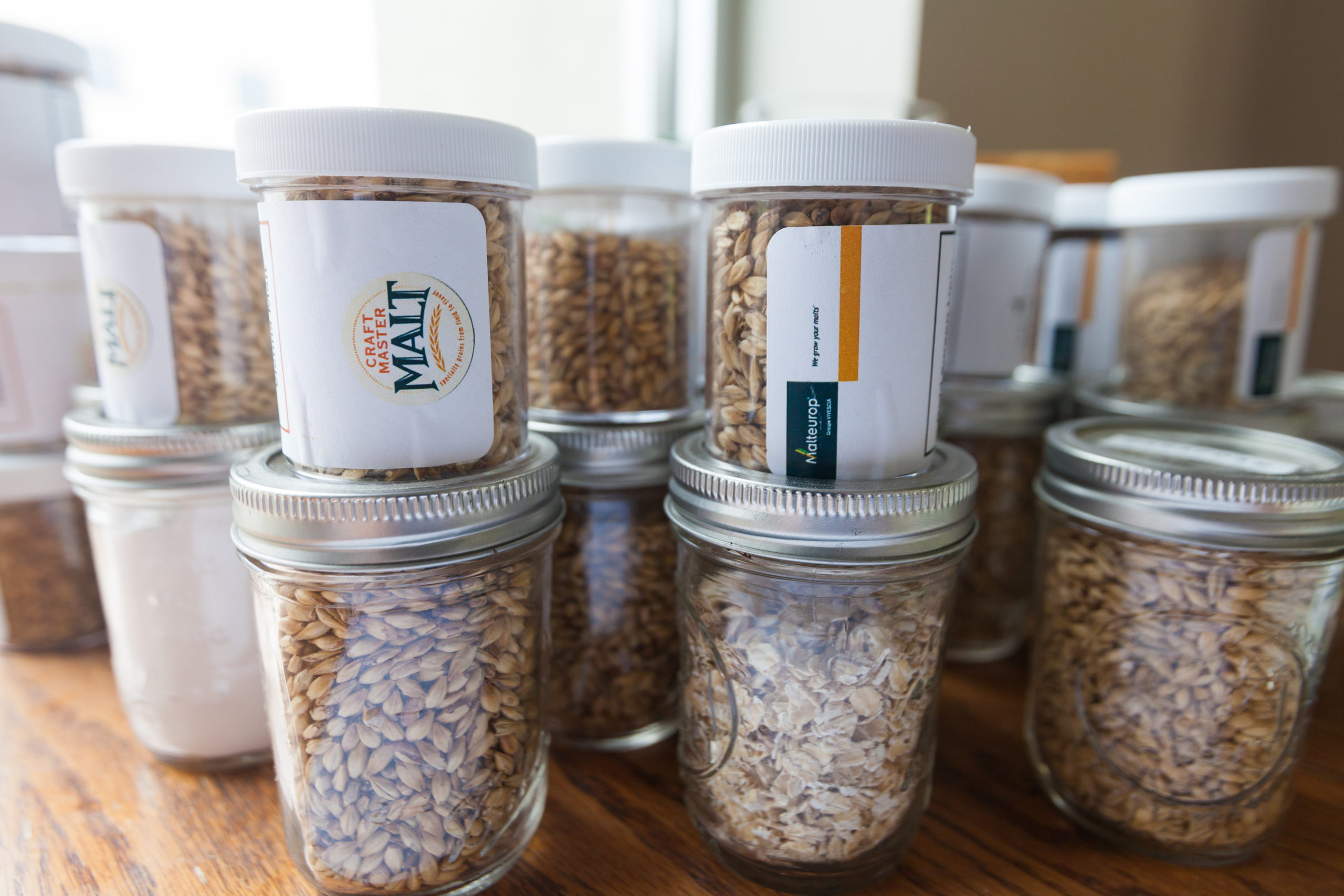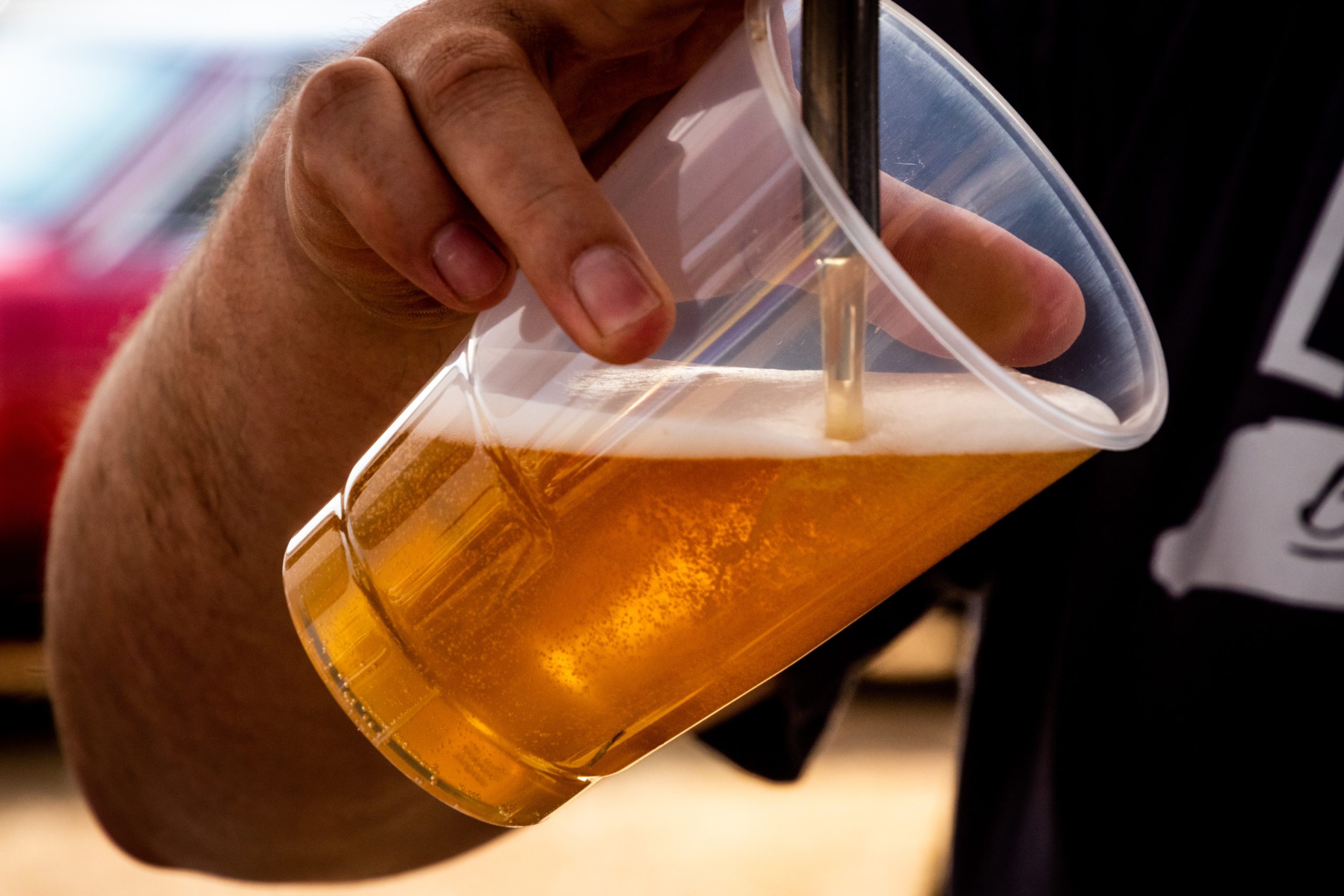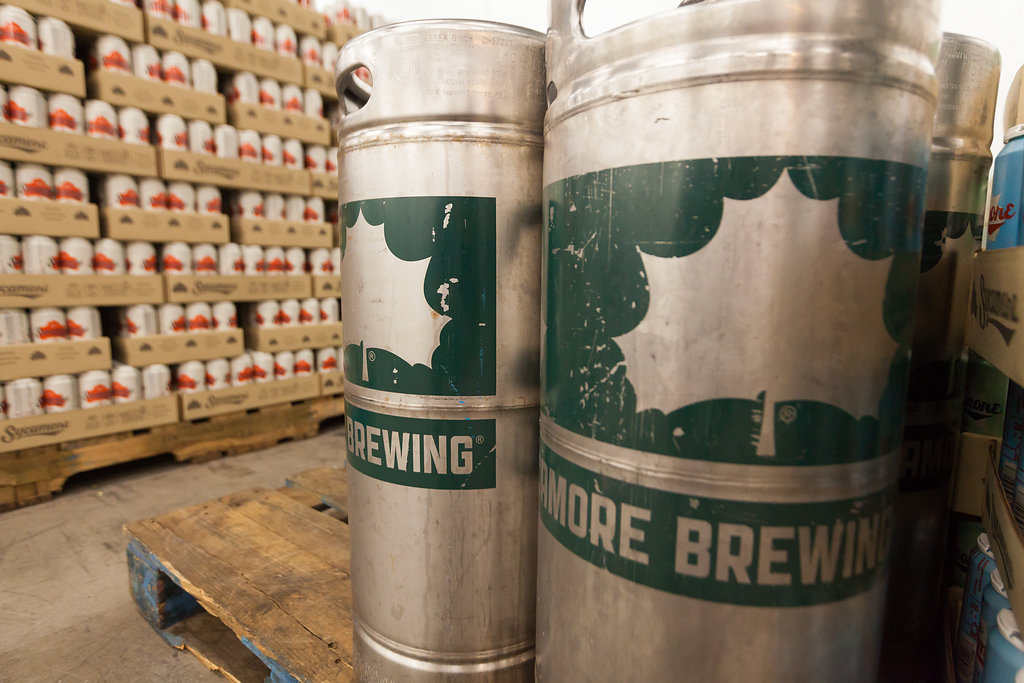There’s a reason we separate the wheat from the chaff. Ingredients make all the difference in creating craft products customers love. But sometimes, the right ingredients are hard to find.
With the right strategy, sourcing ingredients can be a fulfilling part of craft production and a chance to form industry relationships. Here are a few best practices for finding your next great ingredient.
Table of contents
Tap Into Local
Community is the craft movement’s calling card. Customers enjoy products made in their neck of the woods, and that same enthusiasm extends to ingredients. Certain movements such as farm-to-table and “grain-to-glass” have brought renewed focus to fresh ingredients.
But “local” is more than a buzzword — it’s an asset for craft makers. Every community has its own ecosystem of farmers and foodies that make it unique. A stroll through a local farmers’ market or food co-op can be all it takes to learn about new ingredients and the producers behind the scenes.
Networking within your community can be a great source of inspiration, too. For instance, imagine you’ve always wanted to try a product with fresh berries. Making a connection with a local farmer is the first step to making it happen.
When you create a community-inspired product, spread the word. Whether it’s a note on a menu or a list of suppliers on your website, customers want to know you support local, and vendors love a good shoutout.
Look for Peer Recommendations
Craft production is a social experience. Behind every bottle and keg is a group of passionate artisans who would talk shop all day if they could. Dedicate some time to getting to know fellow producers in your industry. Industry networking is a springboard for business opportunities and collaborations every day — consider it a feedback loop of inspiration.
Today, there are many outlets for seeking this interaction, both near and far. The traditional approach of personal outreach and industry events is good for cultivating connections face-to-face, but the adventure doesn’t have to stop there.
Online forums and social media are also enlightening ways to connect with other aficionados all around the world and keep up with industry trends. Because people enjoy making suggestions and helping others, these apps are often compelling resources.
Above all, don’t hesitate to ask for leads on great ingredients. Sharing is all part of the craft.
Be Intentional About Your Labels
Beyond taste alone, ingredients are a key driver in how a product is labeled and marketed. Whether a product is organic, natural, non-GMO, or sustainable, these and other terms can significantly influence and sometimes narrow the ingredients you can choose from, and these labels are often heavily regulated. Other terms like natural wine — a popular choice in recent years — are more loosely defined.
Regardless of the term you use, transparency is the goal. Customers rely on product labeling a lot, so it’s good to respect the process and ensure your ingredients align with your values.
If labeling is important for a new product, be sure to shore up suppliers for your ingredients beforehand. It’s the best way to ensure the ultimate viability of your product. For instance, if you want to create an organic beer like Allagash White, you need to find a hops supplier with all the right certifications that can accommodate the necessary paper trail. While this can mean extra work at the beginning, this thoughtful approach will help you over time.
Keep a Close Eye on Cost
Like other products, ingredient prices are governed by supply and demand. High-end ingredients are generally in shorter supply than everyday alternatives, so they tend to command higher prices.
Tradeoffs are usually necessary. While craft makers pride themselves on superior products, they frequently have to prioritize which ingredients to spend more on to price their products competitively. Other strategies such as buying in bulk and working with national suppliers can help you secure the most value on ingredient purchases.
Once you find the perfect ingredient and negotiate a fair price, document it immediately since prices fluctuate. Track your costs in business management software, so you can establish consistency in your margins and forecasting. When you keep track of raw ingredient costs, it’s easier to identify trends and avoid placing last-minute orders. With enough data and discipline, you’ll be ready to produce your next big idea and profit from it.



